Dyslexia is a disorder about which most people do not have much knowledge, which is why, on Dyslexia Day, at NeuronUP we take the opportunity to raise a little more awareness about this disorder and thus support the people who suffer from it.
The dyslexia affects between 10% and 15% of the population. However, the main problem of this disorder occurs in the child population (developmental dyslexia), since, in our country education is based on literacy, and it is here where these people present the greatest problems.
But…, what is dyslexia?
The dyslexia is a disorder that is genetically transmitted and is characterized by difficulty learning to read and write. In addition, this disorder is not due to an intellectual quotient deficit nor to visual or auditory problems but rather appears to originate from an alteration in neurodevelopment.
Characteristics
- Problems with laterality.
- Altered spatial and temporal awareness.
- Confusing words with similar pronunciation.
- Difficulty articulating or pronouncing words.
- Transposing letters, changing order and reversing numbers.
- Reading that is error-prone and very laborious.
- Problems concentrating while reading or writing.
- Difficulty following instructions and learning routines.
- Problems with balance.
- Short-term memory problems.
- Difficulties organizing their thoughts.
- Problems maintaining attention.
- Difficulties in mathematics.
- In some cases, and especially in poorly managed ones, speech difficulties may occur.

Subscribe
to our
Newsletter
Treatment of dyslexia
Once a child has been diagnosed with dyslexia, they can learn to read at a level appropriate for their age and intelligence. The treatment we can follow with these children is based on patience and willpower; in addition, we must know the child’s strengths and highlight them since they may also suffer from emotional or self-esteem problems. Computers and new technologies are tools that can greatly help us with these children.
On the other hand, we must consider that these children need an individualized plan that fits their characteristics.
If you liked this article about dyslexia, you may also be interested in other articles related to language:
“This article has been translated. Link to the original article in Spanish:”
La dislexia como barrera en la infancia
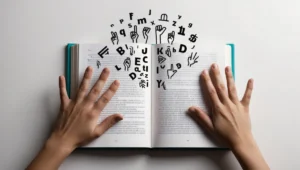
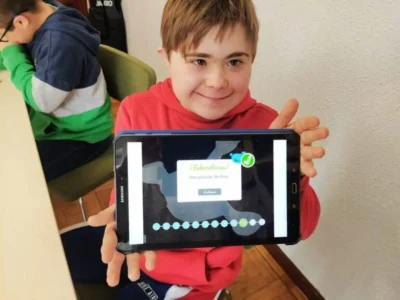
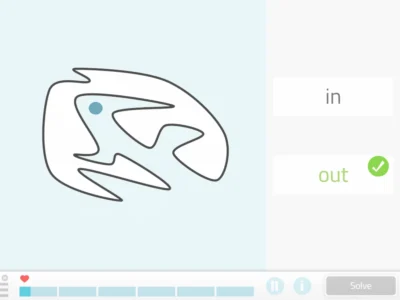
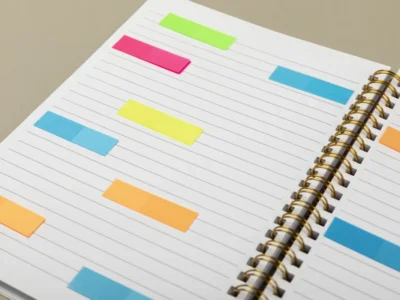

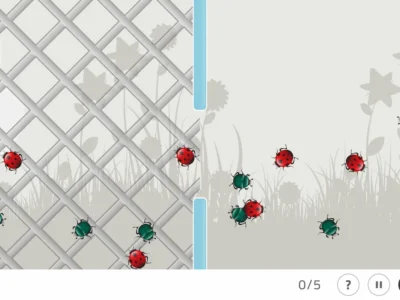
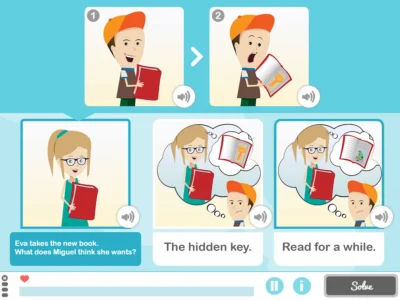
 Children’s worksheet to practice selective attention: How many of each are there?
Children’s worksheet to practice selective attention: How many of each are there?
Leave a Reply